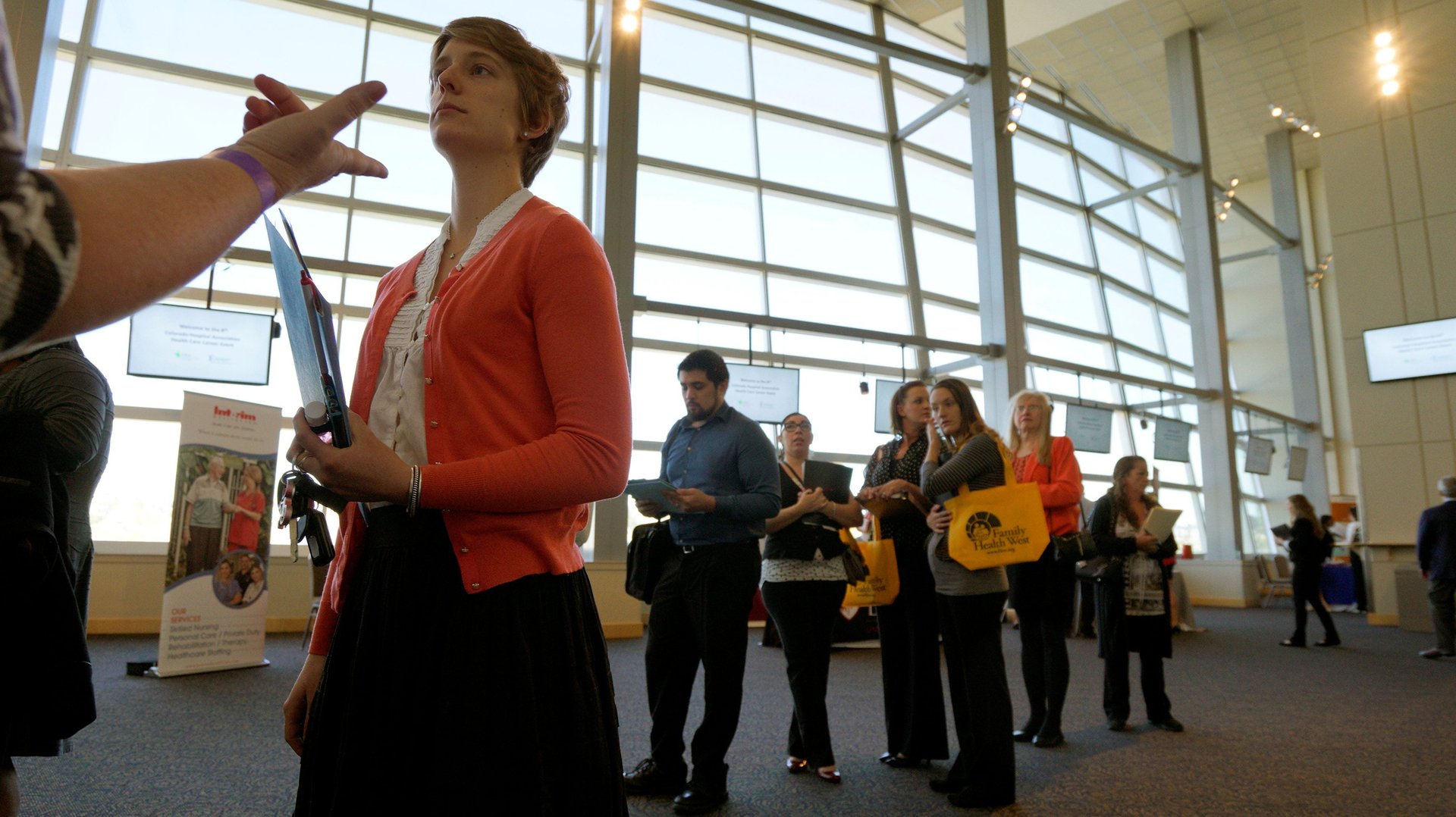A list of 2018’s most promising jobs reveals the American Dream is in IT
Artists, community organizers, teachers, car mechanics, caregivers—basically anyone who isn’t working in or studying information technology may be discouraged by a new list of the most promising jobs of 2018, produced by LinkedIn, the job-focused networking site.


Artists, community organizers, teachers, car mechanics, caregivers—basically anyone who isn’t working in or studying information technology may be discouraged by a new list of the most promising jobs of 2018, produced by LinkedIn, the job-focused networking site.
Many of the titles on the just-released list are remarkably similar to each other (see: software engineering manager, engineering manager, data engineer, program manager), and even those that are not strictly about computer engineering are about supporting a product that involves it. “Pharmacist,” “hospitalist” (doctors who specialize in caring for hospital patients), and “medical director” have pushed their way onto the list, bringing up the rear in positions 18, 19, and 20, respectively, but more than three quarters of the people who’d fill the roles on the list could all be employed by the same company, and that company is likely to be in the Silicon Valley.
Here’s the complete list:
To put together this ranking, LinkedIn collected data from across its site, weighing five factors that add up to make a job “promising”: a high salary, strong levels of career advancement, a high number of job openings in the U.S., popping year-over-year growth in openings, and widespread regional availability. (The growth category alone may explain why “engagement lead” took the top spot. Job opening in that position increased by 425%, while growth in every other title that made the cut was in the 25 – 40% range, and only a few even inched close to 100%.)
Maybe all companies consider themselves tech companies. It’s also possible this survey is skewed, representing who’s using LinkedIn rather than the larger world. (People are still fixing highways, driving buses, and crafting furniture, aren’t they?) But that may be of little comfort to those who look at this list and see its connection to the waning influence of arts and humanities in colleges. Or to those who feel that not enough of the world’s brightest minds are trained on curing diseases, governing a divided country, protecting the most vulnerable, solving societal disparities, teaching future generations, and so on.
Another concern related to this list: women who want to apply for these job openings would be at a disadvantage in most cases. Women remain underrepresented in science, technology, engineering and medicine (STEM), a fact not unrelated to a stunning new survey result that showed 50% of women in STEM experience sexual discrimination.
LinkedIn has also released a list of skills companies need most, and they are all closely aligned with the titles above:
- Cloud and distributed computing
- Statistical analysis and data mining
- Middleware and integration software
- Web architecture and development framework
- User interface design
- Software revision control systems
- Data presentation
- SEO/SEM marketing
- Mobile development
- Network and information security
On a brighter note for non-techies, the menu of soft skills most in demand is slightly friendlier to a wider range of strengths and affinities. They include leadership, communication, collaboration, and time management.
And, as a reminder, a Pew Research survey predicted that employers of the future will be seeking people talented in ways intelligent machines are not. Coding skills may always be valued, but so will creativity, critical thinking and emotional intelligence.